Is Instagram Better for Marketing Than Facebook, Twitter (X), and Snapchat?
Read MoreBlogs > Pay Per Click Marketing 14-08-2020
Maximize your marketing returns with Programmatic Advertising.
Don’t put all your ads in one basket, be programmatic.
Long time ago, before the advent of digital media, advertising was primarily confined to the traditional print, radio, television and other audio-visual media. It was a time when targeting was limited to media, language and geographies, while messaging revolved around appealing to mass audience with extensive campaigns at exorbitant budgets to ensure brand reach, reinforcement and recall.
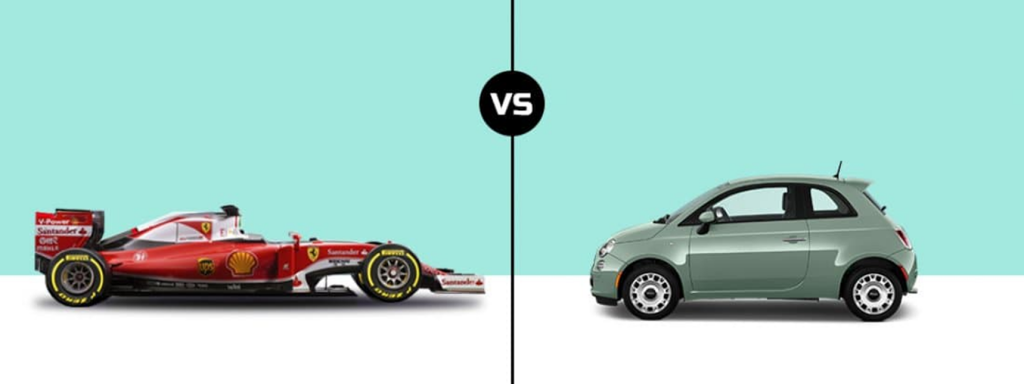
Powered on by globalization and increasing consumerism in an ever-competitive market, customers were spoiled for choice, voice and price, while brands vied to keep a close eye on changing tastes, trends and preferences. While such all-inclusive and extensive marketing campaigns did help create an impact in establishing brand presence, but it was only a matter of time before the campaigns revealed a blind spot when it came to reaching customer and delivering ROIs.
Especially when offering multiple solutions to diverse audience groups, advertisers soon began to realise that one ad doesn’t fit all. And that in such a scenario, to give equal prominence for solutions and ensure reaching the right users, brands would have to develop multiple creatives for multiple user groups, with multiple insertions on multiple media for multiple days while still remaining relevant and engaging to elicit the desired action and thus ensure positive returns. This in turn required massive teams and complex systems that struggled to stay efficient limited by the technology of their times.
However, with the advent of the digital age, there was an exponential increase in the level of capabilities, targeting and customization that was available for advertisers.
Equipped with the state-of-the-art marketing platforms, tools and technologies, today it is possible for brands to deliver disparate content to diverse audience groups across the same media in real-time. This pragmatic approach to serving user-centric content based on the geography, demography and context is at the heart of Programmatic Advertising. It is a simple solution to an age-old complex problem of reaching the most potential audience with the most possible intent to take an action.
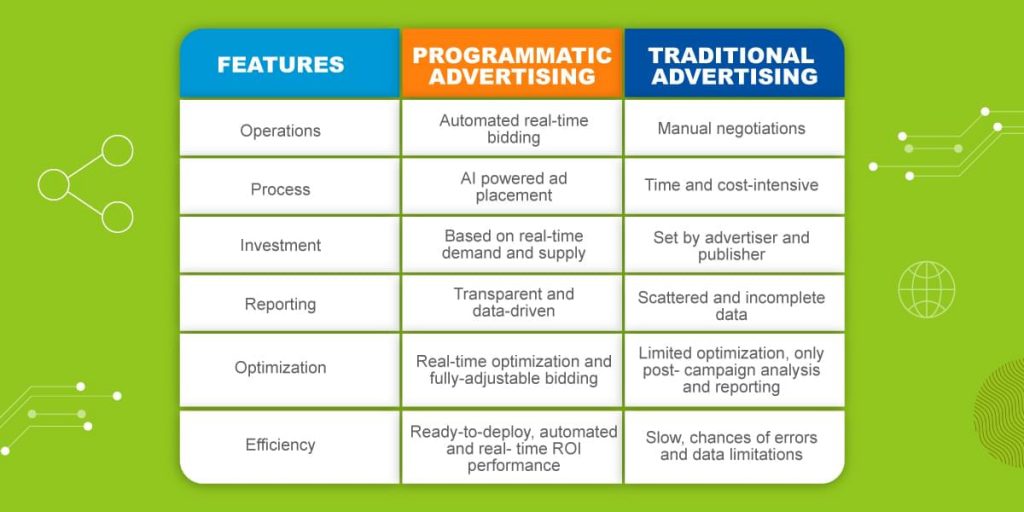
Programmatic Advertising combines artificial intelligence, machine learning and behavioural algorithms to automate bidding and placement in digital ad space in real time based on decisions made using data gained from user's geographic location, demography, interests, past purchases, behaviour patterns, engagement rates, and social profile. This enables businesses to develop hypertargeted marketing campaigns that ensure effective utilization of ad budget across diverse platforms, users and timeframes with the added capability to self-optimise in order to deliver the maximum possible returns on ad spend in the fastest possible way.
The fact that in 2018, over 80% of digital display marketing in the US was done via programmatic advertising stands as testament to its capabilities as one of the most efficient and effective tools for marketing automation .
To understand the significance and implications of Programmatic Advertising in traditional offline media terms would be to imagine a newspaper ad that changed depending on the user reading it. Yes, it is indeed mind boggling but that is the power of digital marketing thanks to the level of precision offered by Programmatic Advertising. It is not a wonder that marketers and brands across the world are allocating a greater share of their advertising pie to digital channels with some even predicting that by 2022, digital media will rake in more than 50% of advertising spends.
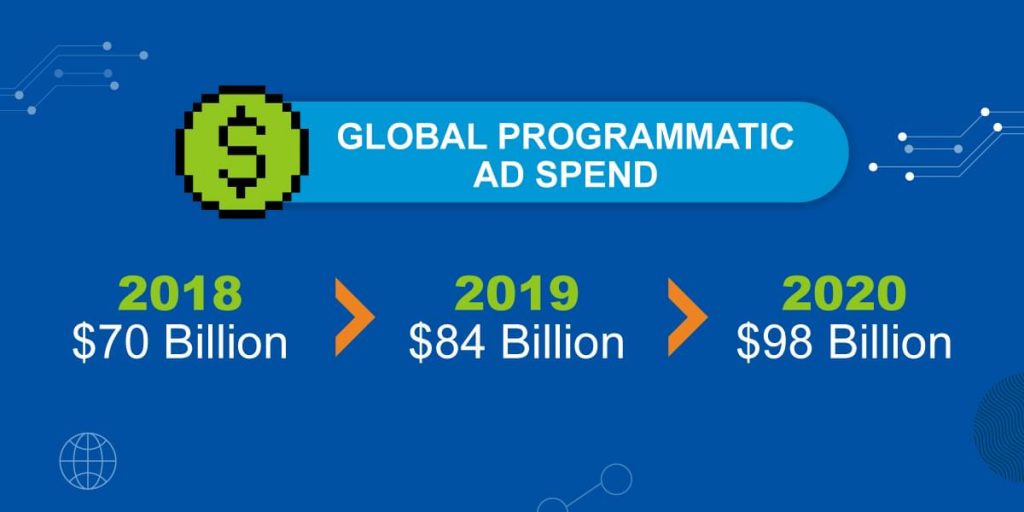
As trends, tastes and technologies evolve, programmatic advertising will spur the next marketing revolution in creating impactful ROI-centric campaigns across a wide range of devices and applications going beyond mobiles, desktops and browsers, to even redefine and reimagine traditional media such as TV, audio and out-of-home (OOH) advertisements. It is the present and future of advertising, and it is time for advertisers and brands to embrace this new race. As with mastering any new skill, it all starts with taking the first step and the below points will help you get on the right track to growth.
Having clear objectives and strategy is the first step in setting up an effective programmatic advertising campaign. Programmatic advertising can be the perfect alternative for solutions and requirements where traditional advertising campaigns don’t give the desired market reach or returns. The capability to reach diverse markets, channels and devices offers a competitive edge in making data-driven informed decisions to achieve specific KPIs such as brand awareness, sales, lead generation, returns on ad spends, user engagement, and website traffic among others.
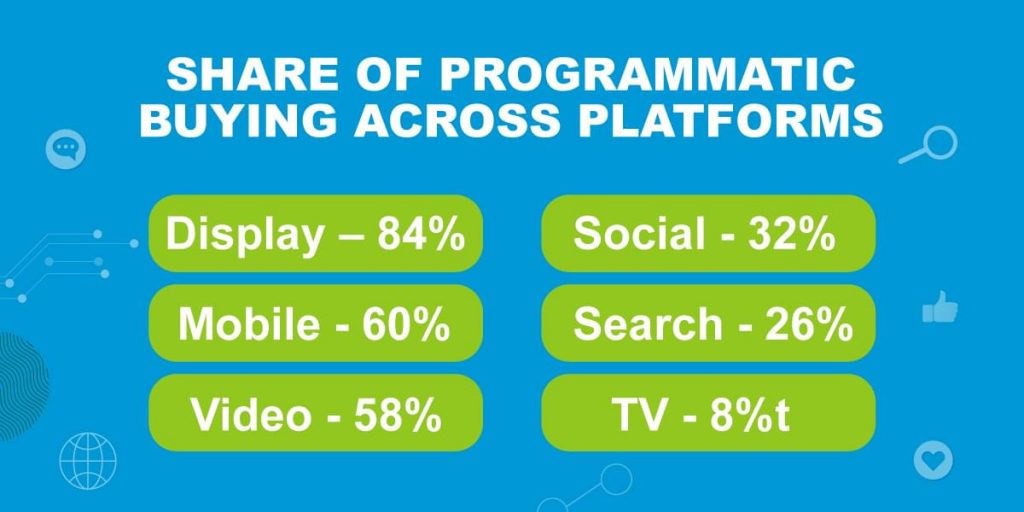
Just as PPC campaigns are run through ad networks, programmatic advertising campaigns are delivered by Demand Side Publishers (DSP) that affiliate with websites, platforms and other publishers in order to display ads to relevant users. There are a multitude of DSPs including DoubleClick, Media Math, and Amazon Advertising Platform (AAP) among the leading players that allow you to access and automate bidding and ad placements across user-defined digital landscapes.
While partnering with a DSP or an agency, be sure to learn about the inventory list, targeting options, channels and verticals, average CPM, privacy and brand safety, performance tracking and measuring, levels of customizations, supported media and retargeting features to make sure it fits your business objectives, channels, target, budget and other parameters. The primary advantage of digital advertising to track and measure campaigns extends to the capabilities offered by programmatic advertising as well, however it is imperative that we track, measure and optimise the campaign during the initial phases to significantly reduce the learning curve.
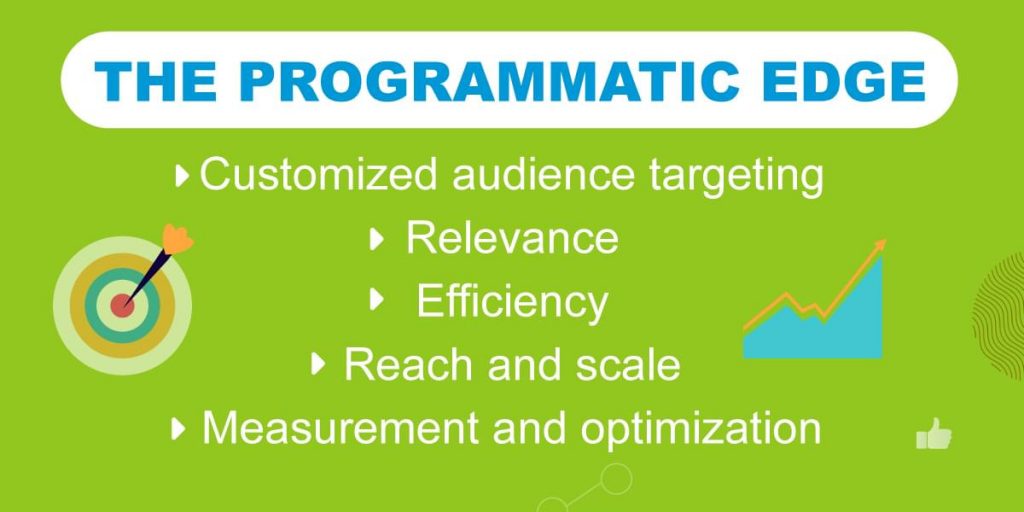
With the increasing rate of global mobile technology adoption, there will be a massive expanse in the number of potential customers and influencers. The trend is hot for tech to strike and especially taking into account the limitations imposed by the pandemic on physical connectivity and transactions, it is time for businesses and brands to adapt and evolve with the market leveraging digital technologies to reach a more targeted audience and deliver positive returns even during these challenging times. Programmatic advertising has become the tool of choice for marketers to get ahead of the competition, who may still be unaware of the power and capabilities of this innovative solution, deterred by the cost perceptions widely held by many in case of digital marketing.





